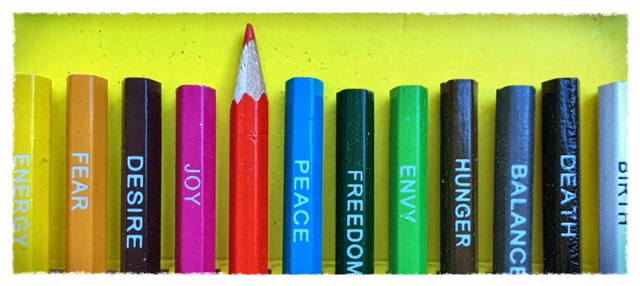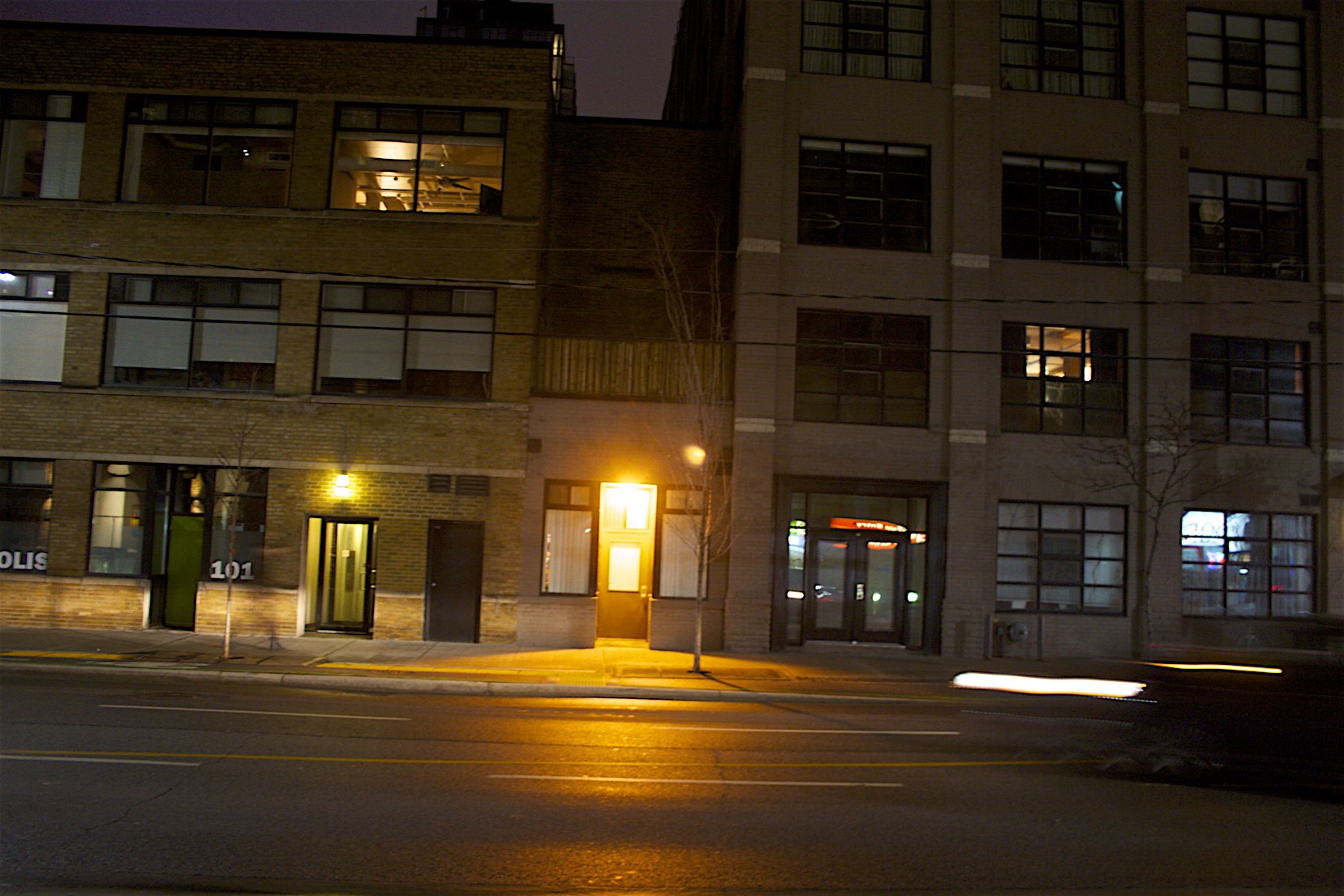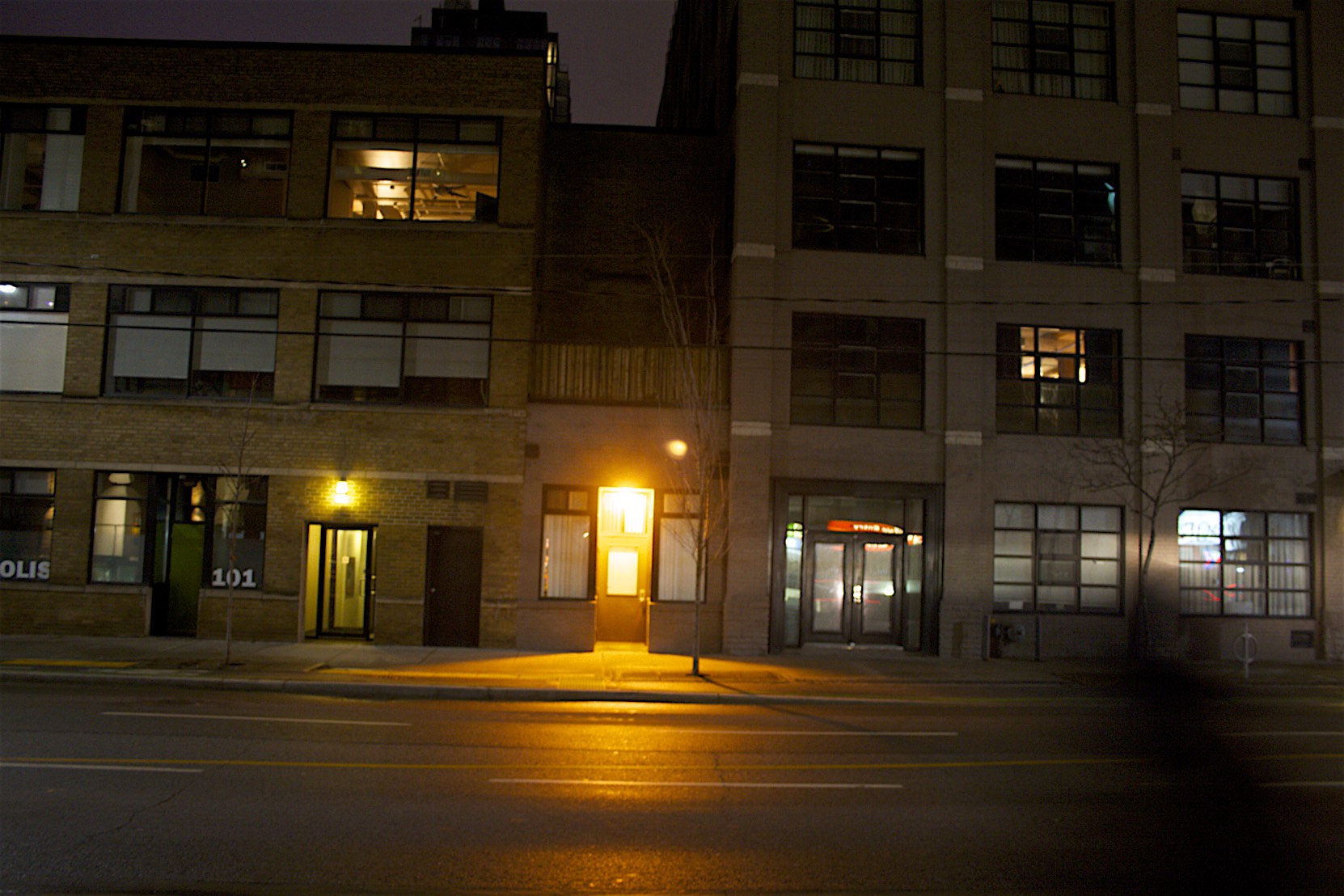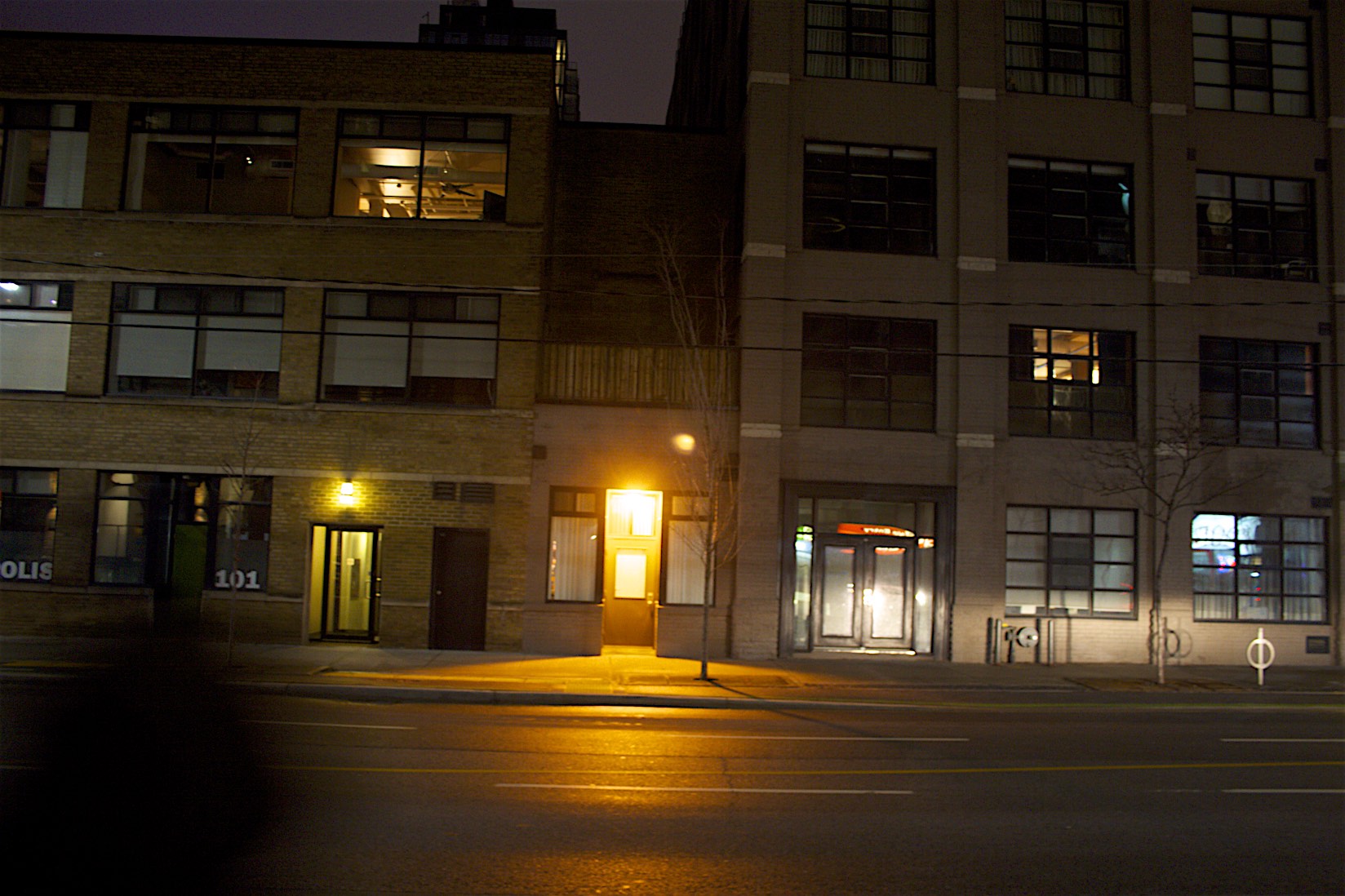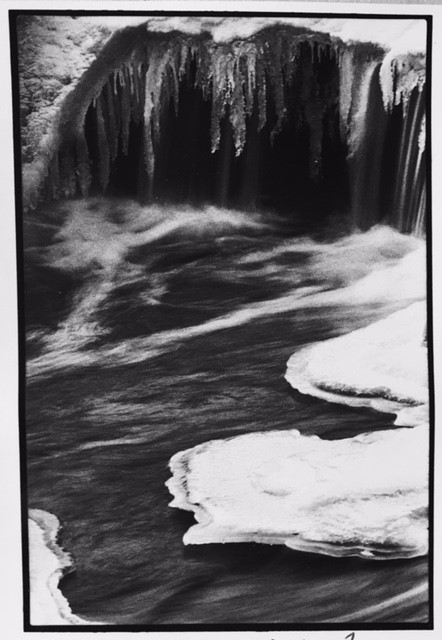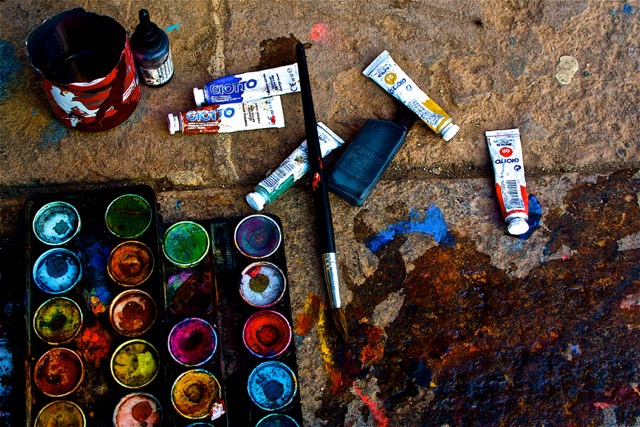I’ve got this fabulous set of coloured pencils, each distinctive barrel displaying an empowering word. From BIRTH to DEATH, all significant emotions and expressions are included. Even without the words the colours are magnificent.
I don’t use coloured pencils a great deal. I use a blue pencil when editing hard copy, and a red one to draw attention to important notations in the margins. Sometimes, or occasionally, I will add a little colour to my journal pages to differentiate words or highlight a quote, but then I will use a random selection from a collection that has accumulated through the years.
But I never use this one specific set of pencils. I do pull them out of the desk drawer and look at them once in a while. Pointy, precise, and virginal; I admire them and then tuck them away. These are special pencils and are to be used only for special occasions.
For four years these pencils have been sitting in the original packaging. Still. Waiting. Idle.
Pencils are not inanimate objects. A pencil has a purpose and is designed to be used; each one is meant to spread colour and brighten up a page. Every pencil is designed to be worn down and then sharpened, and re-sharpened, and used, until it can no longer be.
This particular set of pencils just sits there looking pretty.
I think we all have items like these pencils, things we keep tucked away for a special day. There’s that crisp shirt or blouse hanging in the closet, a watch or piece of jewellery, or the flask of rum or bottle of fragrance we believe is best suited for one of those occasions that does not happen every day.
Everything we own has been designed or manufactured for a reason. To not use something is to not realize its potential; imagined or otherwise. To wait is to waste.
We all hang onto stuff, our possessions, our thoughts, all waiting for the right time. Sometimes that time does not arrive or is postponed or put off, so the stuff remains and so does the question.
What is more special than this day?
Are we not breathing?
Have we all not passed through obstacles or accomplished something worthy of recognition? We’ve made it through to yet another year, are these not days to be celebrated? Is that not significant?
Is each day not special?
Maybe, by using those things we keep stored away, we will make each day a little extraordinary, a little different from the ordinary.
I’m going to take the pencils out of the acrylic case and put them to use. If I get a kick out of reading BALANCE or JOY in big block letters, will I not easier find my PEACE or a little more FREEDOM by writing with a pencil where the intention is clearly spelled out?
Today is the first day of making special happen. I’m going to add a little more colour to my life and appreciate each exceptional stroke that I leave on the page.
I may even colour outside of the lines.
